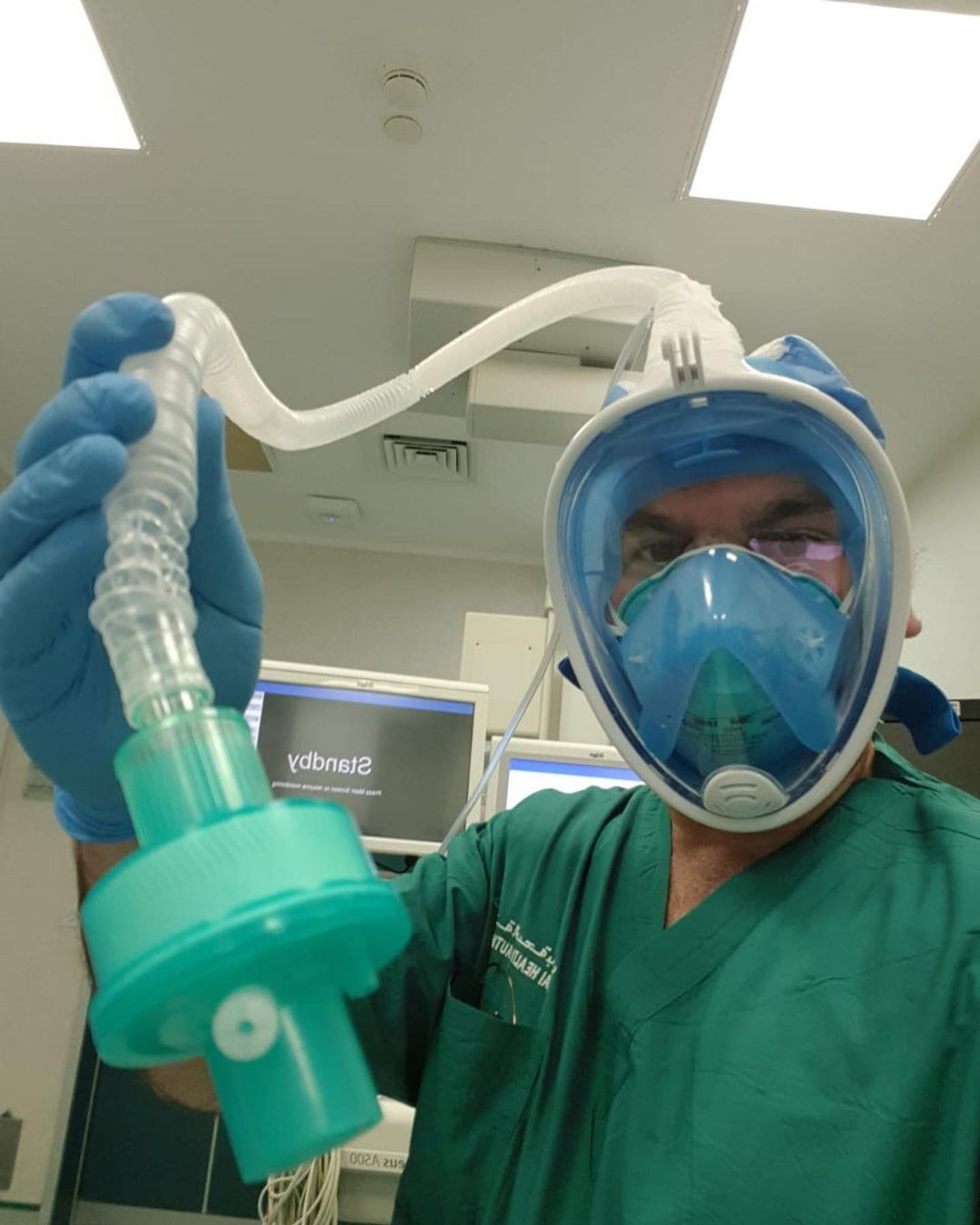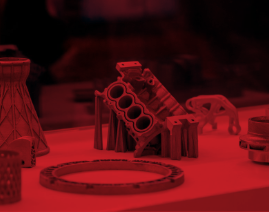

In 2022, Arthur Bonilla implanted a right outer ear on a 20-year-old woman. A pediatric surgeon with more than 25 years of experience in ear reconstruction surgery to address congenital external ear abnormalities (i.e., microtia), Dr. Bonilla routinely performed microtia surgery. However, this particular surgery was different because the implanted ear was 3D printed.
Advancements in medical 3D printing technology are driving developments in bioprinting or 3D printing of organs and tissues. Without the 3D-printed outer ear, Dr. Bonilla would have needed to painstakingly construct an outer ear frame using the patient’s rib cartilage. 3D printing simplified the process by providing the doctor with a ready-to-use framework made from the patient’s cartilage cells and printed from a model that precisely matched her left ear.
3D printing applications in healthcare go beyond bioprinting. Read on, and let’s explore the top innovations in healthcare, including 3D printing of organs and manufacturing medical devices, made possible by 3D printing technology.
Organ transplantation using 3D-printed hearts, lungs, livers and kidneys? Thanks to additive manufacturing (i.e., 3D printing), this is now possible, although not currently practical or practicable. That said, current developments in bioprinting hint at a seemingly endless well of possibilities for 3D-printed organ and tissue transplantation.
Different organizations specializing in bioprinting research and development have experienced varying success rates in 3D printing organs and human tissue.
Researchers from the Israel Institute of Technology, for instance, reported successfully engineering tissue flaps with a bioprinted blood vessel network.
The scientists and engineers from the Wake Forest Institute for Regenerative Medicine have also printed and implanted animal ear, bone and muscle structures, which developed blood vessel systems and matured into functional tissue. The Institute is also working on skin-printing technology that will hopefully allow medical practitioners to print skin on demand directly onto a patient’s burn or wound.
The world is a long way off from getting 3D-printed organs approved for human use, mainly due to the challenge of printing organs with all the required cell types that will work and continue to work as they must after transplantation into a host. Nonetheless, we can rest assured that real progress is being made on this front.
3D printing already has a place in medical device prototyping, an essential step in device manufacturing workflows.
Translating a concept into something tangible helps validate and prove conceptual designs. In the long run, it helps minimize errors that can lead to costly product recalls, not to mention damage to brand reputation. In medical device manufacturing, prototyping can be particularly vital, seeing as some devices can mean the difference between life and death for patients.
Beyond rapid prototyping, 3D printing’s other applications in medical device manufacturing include:
Prostheses are artificially constructed devices made to restore a specific body part’s function or appearance. When envisioning prosthetic devices, you probably think immediately of artificial limbs.
The field of prostheses encompasses more than artificial hands, legs and fingers. It also includes hearing aids, dentures, ceramic crowns and dental plates.
Prosthetic implants must be tailored to their wearer for a snug, comfortable and wearable fit. A customized design also ensures the prosthetic device does not look out of place. Dentures, for instance, need to be sized appropriately to ensure they won’t drastically alter the wearer’s facial features.
3D printing is particularly apt for manufacturing custom prosthetic devices. A medical prosthetics manufacturer can scan a patient’s limb’s shape and size to create custom limb prosthetics. Dental service providers can also use 3D printing to make dental crowns that mimic the teeth’s natural occlusion.
Even if we’re far from 3D-printed organ transplantation, bioprinting means tremendous advances in the field of medical research and training. Through 3D printing, medical researchers can print models of human organs that they can use for experimentation and surgical simulation.
The following bioprinted medical models are outcomes of 3D printing:
3D printing has extensive applications in manufacturing medical devices, custom prostheses and emergency supplies. Through bioprinted organ and tissue models, 3D printing also paves the way for advanced medical training, research and innovation.
As 3D printing technology develops and our knowledge of the human anatomy broadens, 3D printing organs for human transplantation will soon move beyond possibility into the realm of reality.
Proto21 is a market leader in 3D printing in the Middle East. We provide 3D scanning, design and printing services as well as 3D product development, painting and finishing services.
Talk to us if you need 3D printing, modeling and manufacturing expertise.
Email: info@proto21.ae
WhatsApp: +971 52 104 9913
Follow us on:
Instagram: @proto21.ae
LinkedIn: Proto21
YouTube: Proto21 3D Printing LLC

3D Printing is already shaking our age-old notions of what can and can’t be made.
- Hod Lipson
Proto21 | ©2022 All rights reserved | Powered by Salsoft Technologies
Your Local Manufacturing Partner

Enter your information below and our team will reach out to you shortly.
This will close in 0 seconds